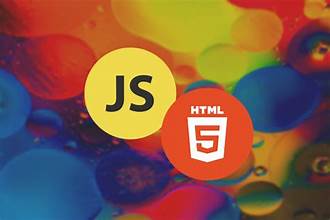Introduce what is automated testing
Introduce xUnit DotNet
Study how to establish a xUnit project to test our project, Study how to use the Test Runner of Visual Studio
Study the Assert, Testing Life Cycle, Data Driven Testing
Requirements
- No testing experience of xUnit needed. You will learn the rudimentary knowledge of xUnit.
Description
In this course, you will learn the rudimentary knowledge of automated testing, the categories of automated testing.
In the second video, I will display how to build a testing project in VisualStudio to test our codes. In this section, I will also introduce the other knowledge of the testing method things like the fact attribute, the rules of how to name a testing method. Normally, You can grab a set of skills to build your testing project.
After then, this course will talk about what is the assert of xUnit. well, basically, we will make a lot of samples to try the different types to assert. Normally, I can say that if you really finish watching it, you will be very proficient to handle the different cases by asserts of xUnit.
well, if we only learn the asserts, I think it will be very monotonous. So, we will learn how to use the trait which is an attribute to group the specific testing methods into the same group. also, we will share the skills of how to skip a testing method, how to implement the interface of xUnit to realize the function which outputs our custom messages. To a lot of coders, it will be a very struggle experience in which you have to build an object which will expense a lot of time and occupy a lot of resources. In this course, we will teach how to use the IClassFixture to fix this problem.
The last one will teach you how to utilize the theory attribute. normally, we have input a set of data to our parameters of testing methods which means you have to build a lot of methods that have duplicate codes but we don’t wanna do that. Actually, we can use the theory to supersede the Fact attribute and combine the other attributes things like InlineData, MemberData to resolve this problem.
Who this course is for:
- Beginner xUnit DotNet who wanna use it to test DotNet Core project
Course content
4 sections • 5 lectures • 1h 19m total lengthExpand all sections
Introduction of xUnit2 lectures • 9min
- 介绍04:32
- How to use xUnit in VisualStudio04:13
The assert of xUnit1 lecture • 45min
How to use trait, outputhelper and classfixture1 lecture • 17min
- How to use trait, outputhelper and classfixture16:48
How to use theory, inlinedata, custome data attribute1 lecture • 9min
- How to use theory, inlinedata, custome data attribute09:09



